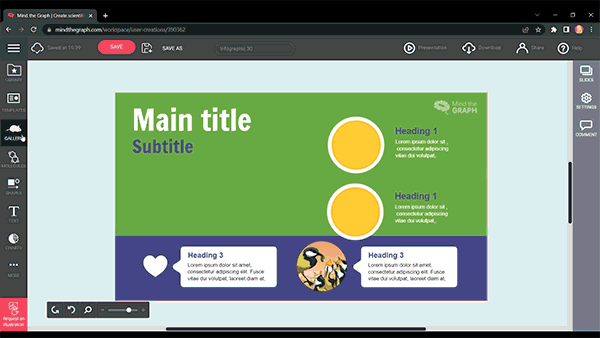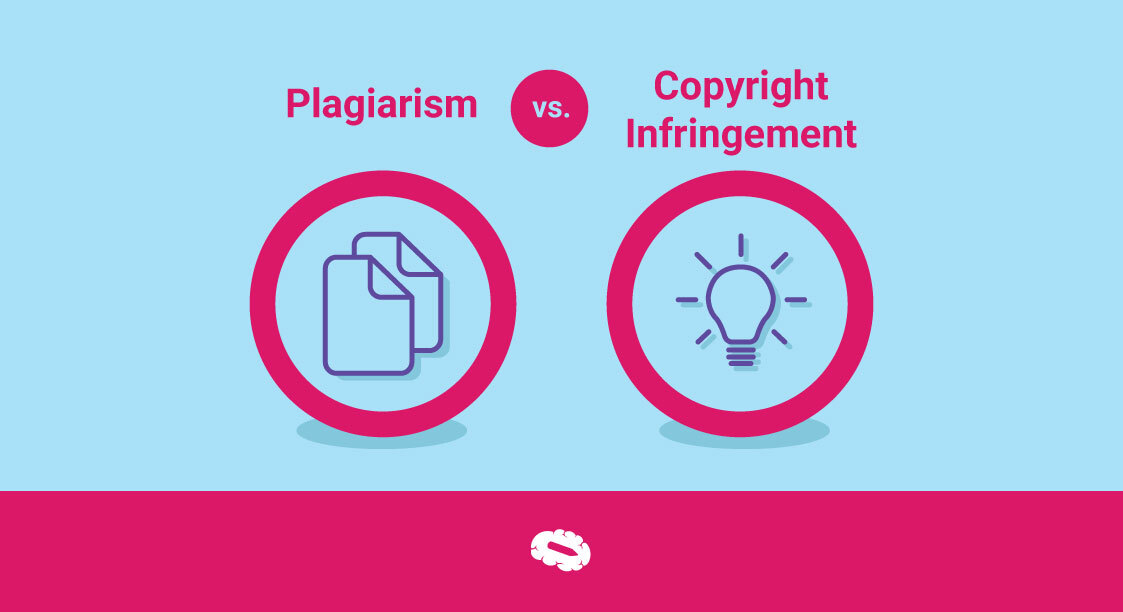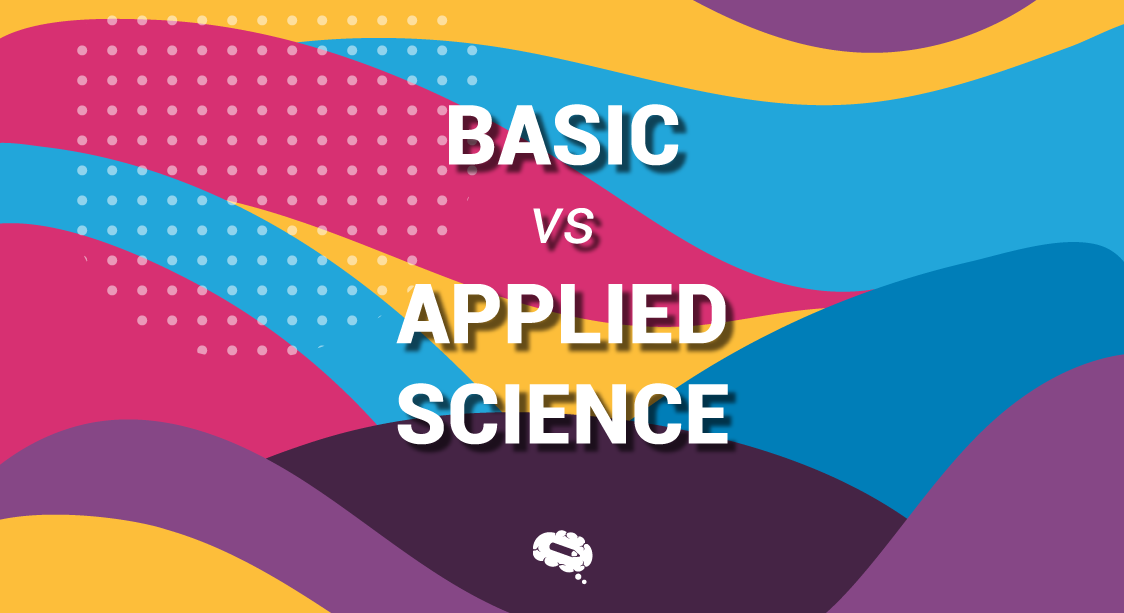It is true that plagiarism and copyright infringement are both construed as the act of copying and distributing content without the author’s permission, but the two are not synonymous. It is easy to confuse plagiarism with copyright infringement in spite of the fact that there are many differences between the two concepts.
It is illegal to use another’s work without permission, but plagiarism and copyright infringement are two distinctly different kinds of theft. A major difference between copyright infringement and plagiarism is that copyright infringement is illegal. The article provides examples of both types of unethical use of content and discusses additional differences between the two.
What is plagiarism?
Plagiarism isn’t a crime but an ethical issue when it involves using someone else’s creations, phrases, pictures, and words. It is possible to commit plagiarism in different ways and under different circumstances. It is usually someone who claims another person’s work as their own without providing credit to the original author.
Plagiarism is most commonly committed in academic settings, both physically and electronically. Copying an article from someone else and submitting it under his name without providing footnotes or citations is plagiarism. In addition, plagiarism tends to take many forms, including:
- A person who submits another’s work as their own.
- Citations that are not surrounded by quotation marks.
- A quotation whose source is inaccurately cited.
- Plagiarizing without crediting the original source of an article or statement.
- Replacing phrases with a source’s format, but failing to cite it.
- Creating a new sentence by rewording some words, making the text appear different.
Students often commit plagiarism in academics without realizing what it is. It is important to note that plagiarism can result in severe repercussions and consequences, including a reduction of grade points and disqualification from college.
A variety of punishments can be imposed depending on how serious the situation is. It is possible, however, to prevent plagiarism by giving credit to the originating source or author through citations. Get more information about plagiarism and how to avoid it in our article “Plagiarism: What You Should Know and The Best Ways To Prevent It”.
Copyright infringement: what does it mean?
A copyright protects the author’s sole rights to make copies of their creation. An original author is a person who created the first version of the work. It is necessary for copyright protection to have original media that is obtainable. An infringement of copyright occurs when a copyright holder does not give permission for the use of their material. The act of duplication is illegal and constitutes theft. There is a law that punishes this type of conduct.
Direct discussions, requesting its removal, or civil lawsuits can also be used in the event of a copyright dispute. Several cases of copyright infringement have occurred in the past few years due to technological advancements and the prevalence of internet use.
Copyright protection is required for original works such as software, sound recordings, writings, images, publications, digital content, etc. Copyright protection is usually obtained by owners to protect their intellectual property and monetize it. If they prefer, they can license or sell the work to others for use or replication.
The difference between plagiarism and copyright infringement
There are several grounds for distinguishing copyright infringement from plagiarism. Their differences are as follows:
| Plagiarism | Copyright Infringement |
|---|---|
| Plagiarism occurs when someone copies someone else’s words or work without acknowledging the source. | A copyright is violated when the exclusive rights of the holder are breached, in which case the violator is required to compensate the holder. |
| There is no exception to plagiarism when it comes to creative works of any kind. | A copyright infringement occurs when a copyright-protected work is infringed upon. |
| If a proper citation is present, then no plagiarism is likely to occur. | A copyright violation is not linked to attribution; rather, it is related to permission. Copyright violations can occur even when reference is made to the owner of the rights. |
| The most common type of plagiarism is printed or electronic work that has been copied. | Literature, art, and cinema are all examples of copyrighted works that are infringed on. |
| There is no need to sue for plagiarism, as it is a moral or ethical offence. | It is legally wrong to infringe upon copyright as the copyist can be sued or faced with a lawsuit. |
Although copyright infringement and plagiarism may seem the same, they’re very different. Copyright infringement cases are on the rise because most individuals do not understand the difference between the two terms and have incorrect perceptions about them.
Do you need an illustration that is specific to your work? You can count on us to design it
There are times when we need an exact design that matches our needs and specifications. Don’t worry about that, we’ve got you covered. The illustrations you receive from Mind The Graph can be tailored to meet your individual requirements. Are you ready to get started? Let us handle everything for you and be amazed at the results.


Subscribe to our newsletter
Exclusive high quality content about effective visual
communication in science.





